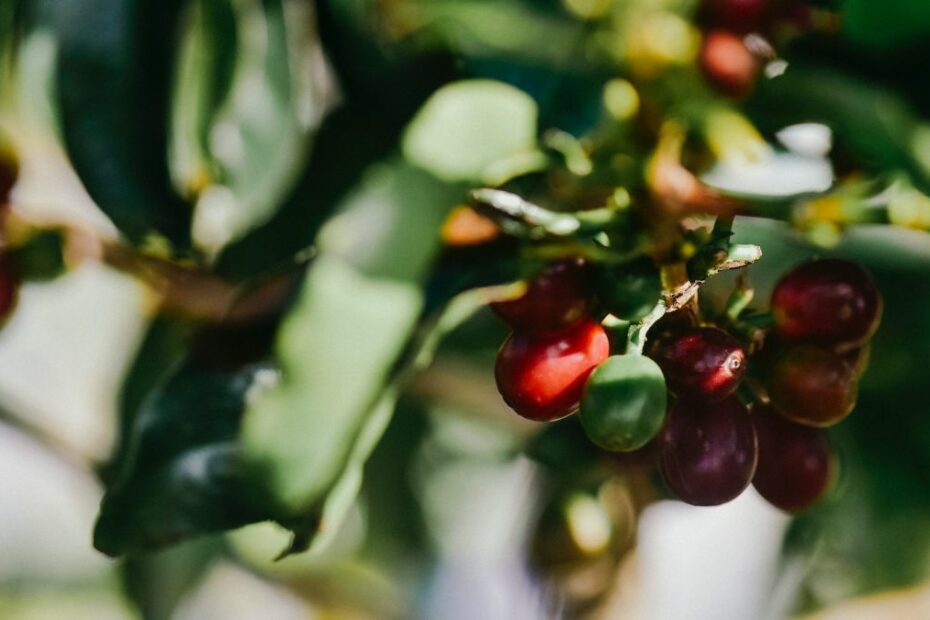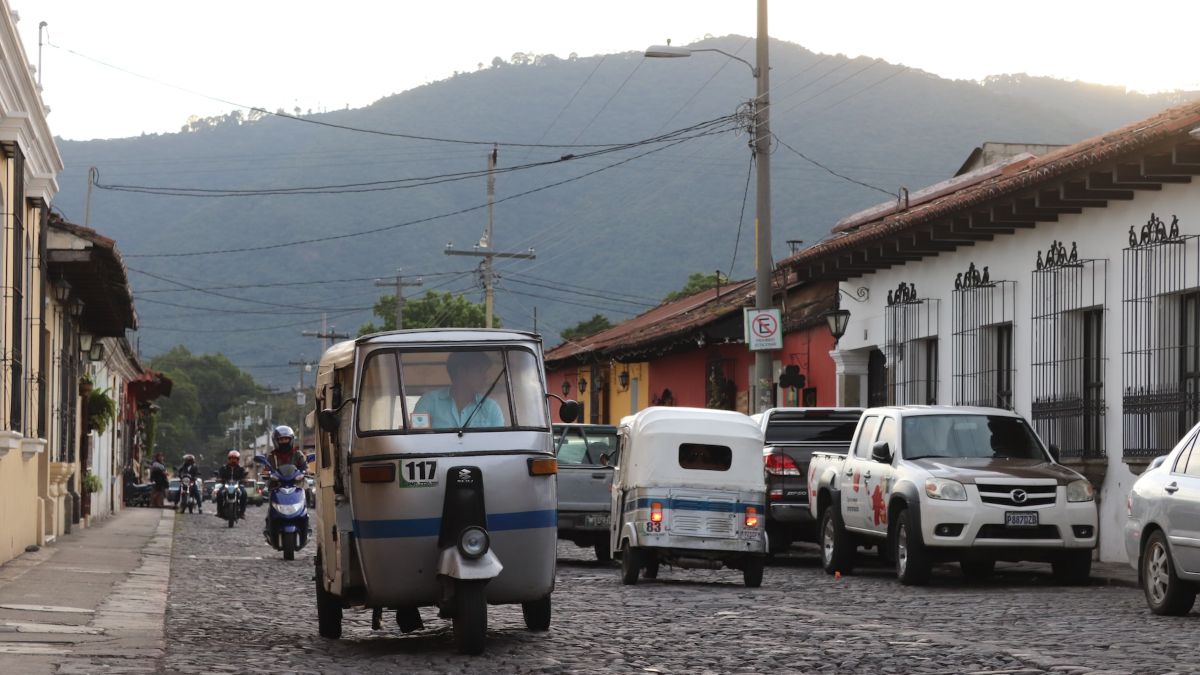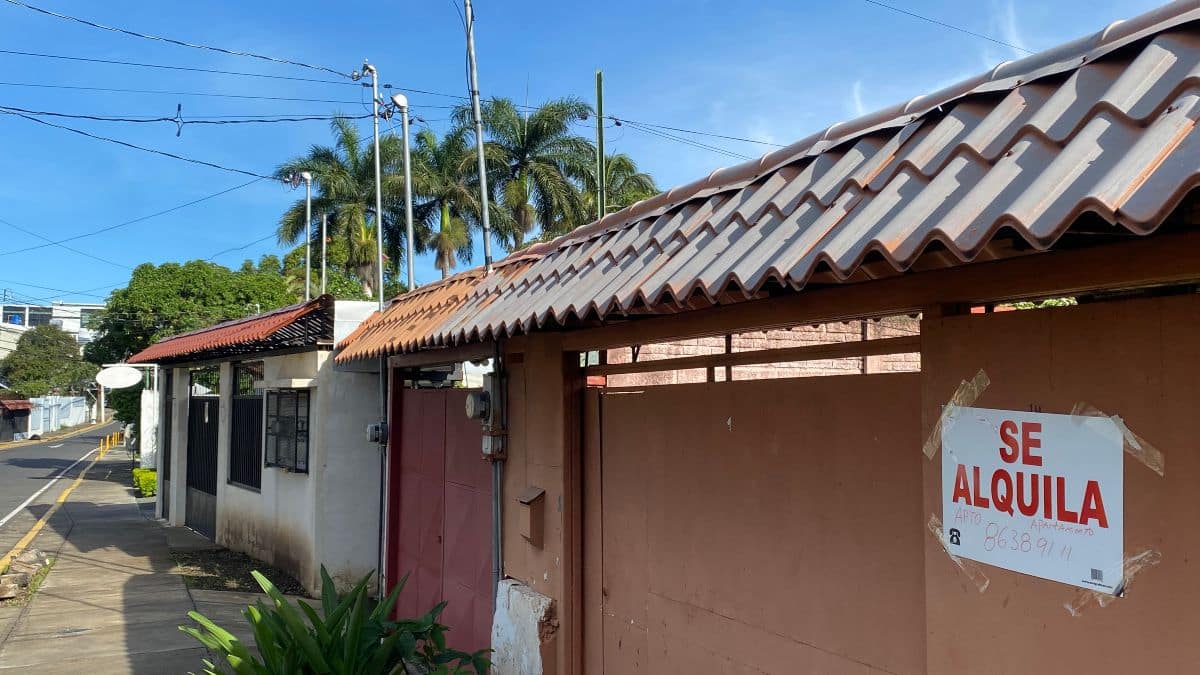Nestor Quixtan, a self-confessed coffee junkie, takes a look at Guatemalan and Costa Rican coffees to determine if one country produces a better cup of Joe than the other.
Coffee has always been an integral part of my life. I still recall my first encounters with coffee as a young child growing up in Canada, where Tim Hortons shaped my early perceptions. Back then, Starbucks had yet to become the worldwide phenomenon it is today. My exposure to coffee revolved around local bakeries, coffee shops, and supermarket brands like Folger’s.
It wasn’t until I ventured further south, though, that I discovered the true wonders of exceptional coffee.
I used to hang out with Colombians quite a bit. And Colombians are passionate about their coffee. It was the Colombians who turned me into a serious coffee consumer. I remember one occasion in particular. My Colombian friends berated me about adding sugar to my coffee. They told me I might as well drink milk and sugar without the coffee. They were right.
So, I decided to try black coffee. No sugar, no milk, and zero cream. It was weird at first. But doing so allowed me to appreciate the true essence of coffee, allowing the pure flavors to shine through. It also taught me how bad instant coffee can be.
View this post on Instagram
I was about 16 when I first traveled around Guatemala
I discovered amazing dishes and incredible drinks, but it was the coffee that captivated me. As an aside, I later learned that Tim Hortons buys a lot of Guatemalan coffee. Timmy’s is actually owned by a Brazilian corporation that blends Brazilian and Guatemalan coffee in its North American locations.
But there’s an interesting point here. Guatemala is notorious for exporting its best coffees, leaving the local market with the… rest. This has, if I’m honest, spurred my exploration of other coffee origins. Luckily, I live in Central America so I have plenty of coffee around me to check out.
Costa Rica was one such discovery that took my taste buds on an extraordinary journey
Unaware of what to expect, I was pleasantly surprised by the coffee from the Poás region. The volcanic soil here contributes to an intensified flavor profile, with coffee beans grown at higher altitudes and nourished by unique soil conditions. This also explains why coffee grown around Antigua, Guatemala is so damn good.
I also developed a fondness for Tarrazú coffee, especially the dark roast. If you’re a true coffee enthusiast, the dark roast from Tarrazú is an absolute must-try.
My passion for Costa Rican coffee has grown to the extent that it has become the focal point of my trips to the country. Unfortunately, in Guatemala, the coffee barons control the imports and exports, making it challenging to access other types of coffee. But thanks to duty-free shops, I can bring back a taste of Costa Rica to Guatemala and savor its distinct flavors.
On this National Gourmet Coffee Day, we look at how some players in the Costa Rica coffee industry do more than just help to provide your morning fuel.#NationalGourmetCoffeeDayhttps://t.co/OESRapgr6w
— Central America Living (@VidaAmerica) January 18, 2023
My favorite coffees from Guatemala:
Guatemalan coffee is rich, complex, and has depth of flavor. They have a medium to full body with a bright acidity that can be more pronounced compared to Costa Rican coffees. Flavors such as chocolate, caramel, nuttiness, and a range of fruit notes often feature in Guatemalan coffees.
- Antigua coffee. This coffee has exceptional balance and smoothness. It offers a rich, chocolatey flavor profile with hints of caramel and a pleasant acidity. Antigua coffees are typically grown at high altitudes in volcanic soil, contributing to their distinct taste.
- Huehuetenango coffee. This coffee often exhibits vibrant acidity, floral aromas, and fruity flavors. It is grown at high altitudes, which contributes to its bright and crisp taste.
- Atitlán coffee. Grown near the picturesque Lake Atitlán, this coffee benefits from the region’s volcanic soil and cool microclimate. Atitlán coffees offer a balanced cup with a medium body and a pleasant acidity.
- Cobán coffee. Cobán is a region known for its lush rainforests and unique coffee production. Coffees from Cobán often have a bright acidity with a delicate and smooth body.
- San Marcos coffee. These coffees are grown in the western highlands of Guatemala, full-bodied and full of flavor. San Marcos coffees offer a diverse range of taste profiles, including chocolate, caramel, and stone fruit notes.
My favorite coffees from Costa Rica:
Costa Rican coffee is famous for its bright acidity, well-balanced flavors, and clean cup profiles. Flavors vary, but Costa Rican coffees often exhibit citrusy and fruity notes, including flavors like lemon, orange, and red berries. There is often a sweetness present, with hints of caramel, chocolate, and floral undertones.
- Tarrazú coffee. Tarrazú is one of the most celebrated coffee-growing regions in Costa Rica. These coffees are famous for their bright acidity, medium body, and flavors that often include citrus, chocolate, and floral notes.
- Dota coffee. The Dota region is famous for producing exceptional specialty coffee, characterized by a delicate acidity, fruity flavors, and a smooth mouthfeel.
- Tres Ríos coffee. The Tres Ríos region is known for its high-quality Arabica coffee. Tres Ríos coffees offer a bright acidity, medium body, and flavors that range from fruity and floral to chocolatey and nutty.
- Valle Occidental (Western Valley) coffee. This region includes various sub-regions like Naranjo and Llano Bonito. Coffees from here exhibit a well-rounded profile with a good balance of acidity, sweetness, and body. They often showcase flavors of tropical fruits, caramel, and cocoa.
- Brunca coffee. The Brunca region is home to rich volcanic soils and unique microclimates. Brunca coffees have a full body, low acidity, and flavors that range from chocolate and nuts to stone fruit and spice.
View this post on Instagram
What coffee is better? Costa Rican or Guatemalan?
Guatemalan and Costa Rican coffees both come highly regarded by experts and connoisseurs. Costa Rican coffee tends to offer bright acidity, balanced flavors, and a clean cup, while Guatemalan coffee offers a more complex and rich flavor profile with pronounced acidity.
Personal preference determines which country’s coffee one prefers. I personally prefer my caffeine from Costa Rica, although I know my country of Guatemala produces outstanding coffees. If you’re traveling in each country, you’ll find better coffees on the ground in Costa Rica; they export the finest Guatemalan coffee. But you can still find a great cup of coffee in Guatemala, and exploring both countries allows you to experience the nuances and unique qualities of each.
If you’re on a caffeine odyssey in Central America, Guatemalan and Costa Rican coffees will give you a great starting point on your quest.
Nestor Quixtan is a Canadian/Guatemalan economist, linguist, and writer. He lives in Guatemala City.




